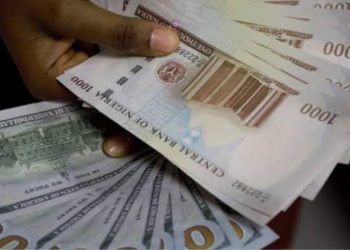The global cost of living crisis persists, with the annual Worldwide Cost of Living Index by the Economist Intelligence Unit (EIU) revealing a 7.4% rise in the average cost of living this year.
Many cities worldwide grapple with soaring prices, marking a continuation of the cost-of-living crisis over the past two years.
The survey, conducted between August 14th and September 11th, 2023, found that prices had increased by 7.4% year on year for over 200 commonly used goods and services.
Although slightly below the 8.1% reported last year, it is significantly higher than the trend from 2017 to 2021.
Covering 173 major cities globally, the inflation averages exclude Kyiv (not surveyed in 2022) and Caracas.
Supply-side shocks that drove price increases in 2021-22 have reduced since China lifted its COVID-19 restrictions in late 2022, and the spike in energy prices after Russia’s invasion of Ukraine in February 2022 has eased.
Some advanced economies, like the US, Australia, and the UK, have seen surprisingly resilient consumer demand despite aggressive monetary tightening in 2022. EIU estimates global consumer price inflation (CPI) in 2023 at 7.4%.
However, grocery prices continue to rise as retailers pass on higher costs to consumers.
Upasana Dutt, Head of Worldwide Cost of Living at EIU, anticipates inflation decelerating in 2024 as the lagged impact of interest-rate rises affects economic activity and, consequently, consumer demand.
Dutt warns of upside risks, citing armed conflict and extreme weather. Escalations in the Israel-Hamas war could drive up energy prices, and a greater-than-expected impact from El Niño could further increase food prices.
Increasing living costs have made many cities more expensive to live in, with some being harder hit than others. The following lists the most expensive cities to live in for 2023.

- Singapore retains its position as the world’s most expensive city for the ninth time in 11 years.
- Chinese cities have fallen in the rankings amid slow economic recovery, subdued consumer demand and depreciation of the renminbi.
- Utility prices increased by the smallest margin worldwide, reflecting the waning impact of the war in Ukraine.
- Four of the world’s top ten most expensive cities are in western Europe.
What you should know
- Prices and inflation for each category in the survey differ markedly by geography. Although Western European cities were among the most expensive for recreation, transport, household goods and personal care, US cities rank higher for utilities, domestic help and tobacco.
- Asian cities are some of the most expensive for groceries and alcohol. Australian cities, meanwhile, rank top for tobacco prices.
- Alcohol is even more expensive in Middle Eastern cities, in many of which consumption is frowned upon.
Inflation in Eastern Europe has been rapid across the categories, from domestic help (at 13.2%) to groceries (at 9.7%).
The result is that 9 of the 13 eastern European cities have risen in the WCOL rankings, and by a hefty average of nearly 17 places, according to EU.


















